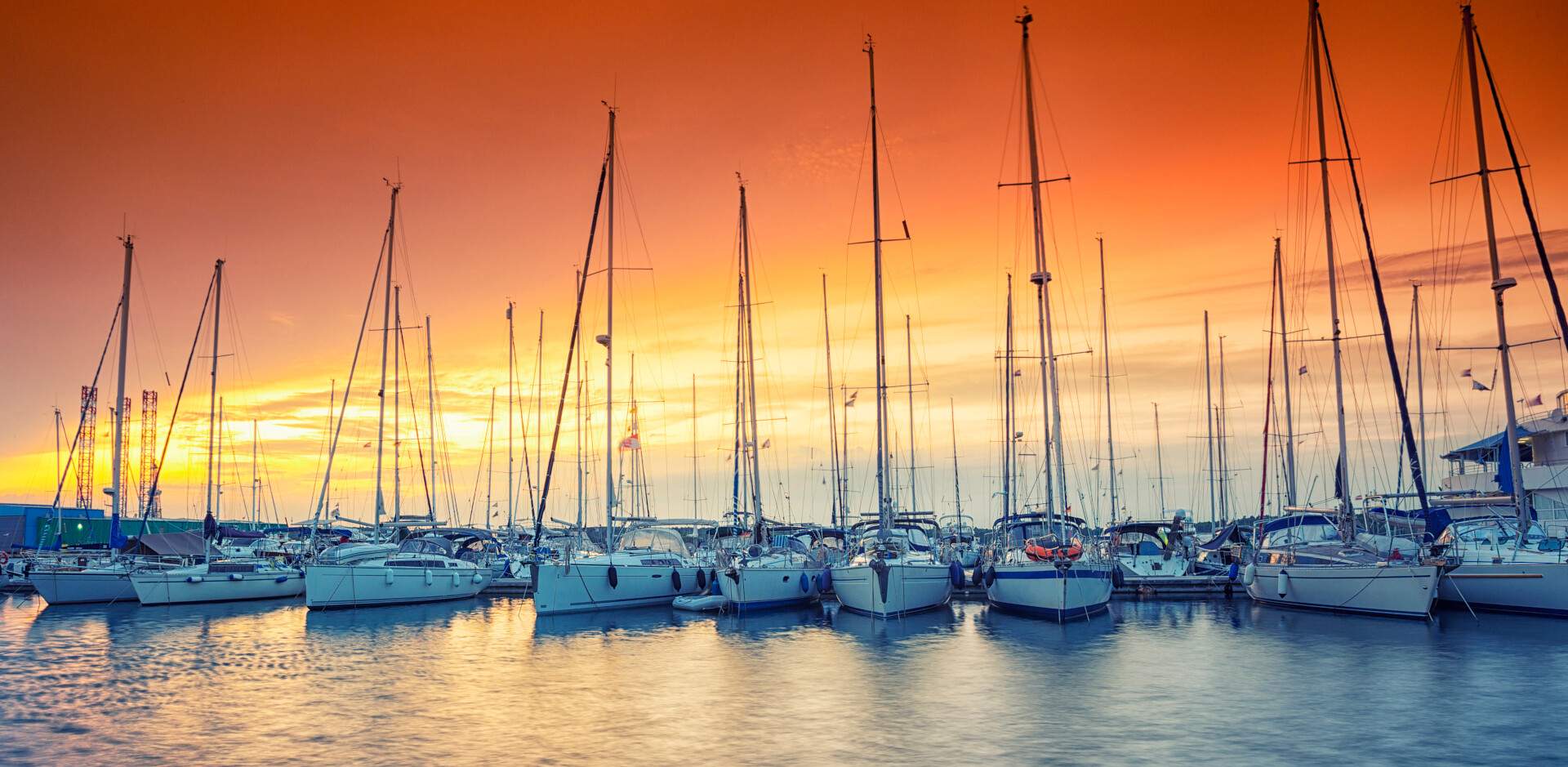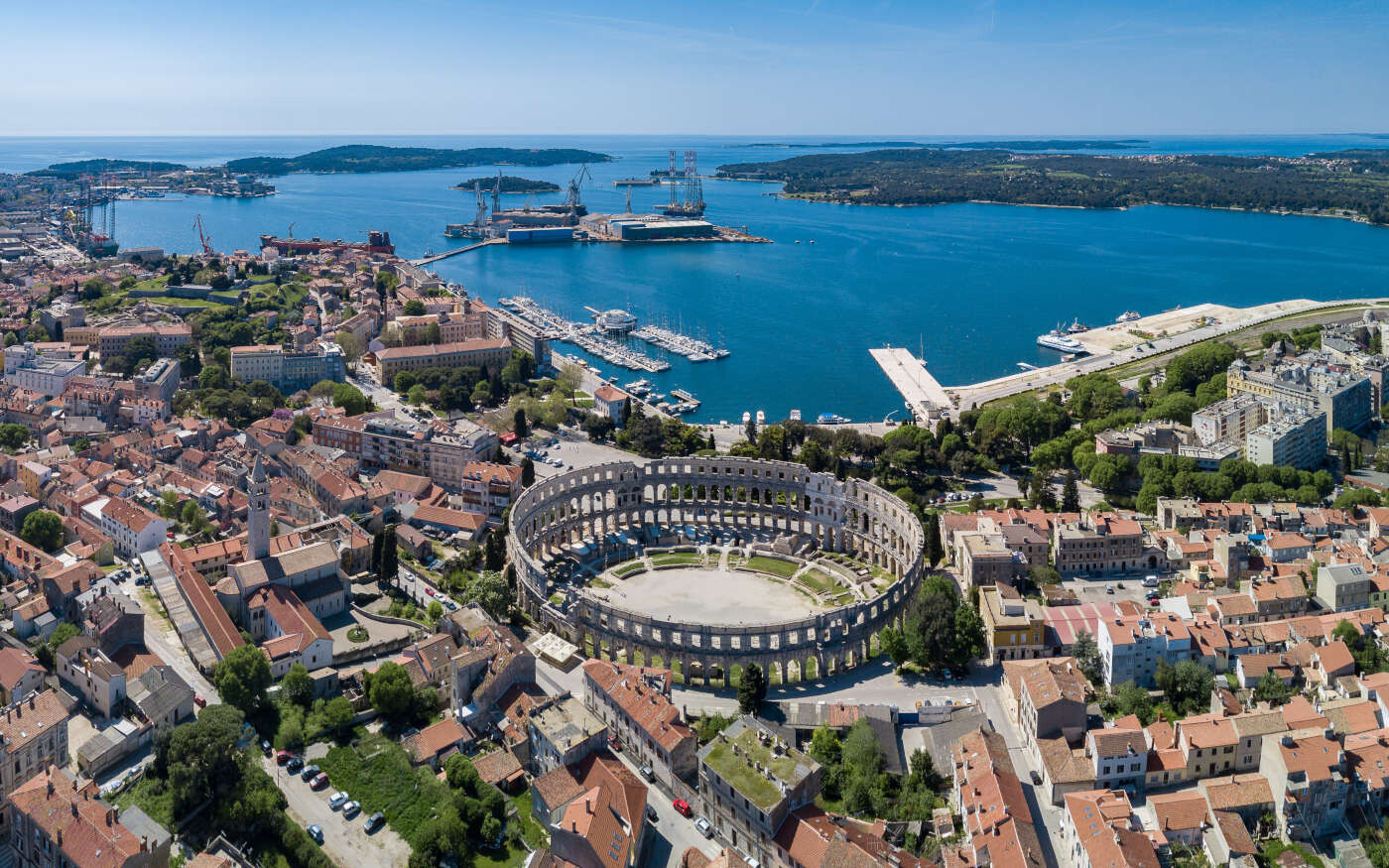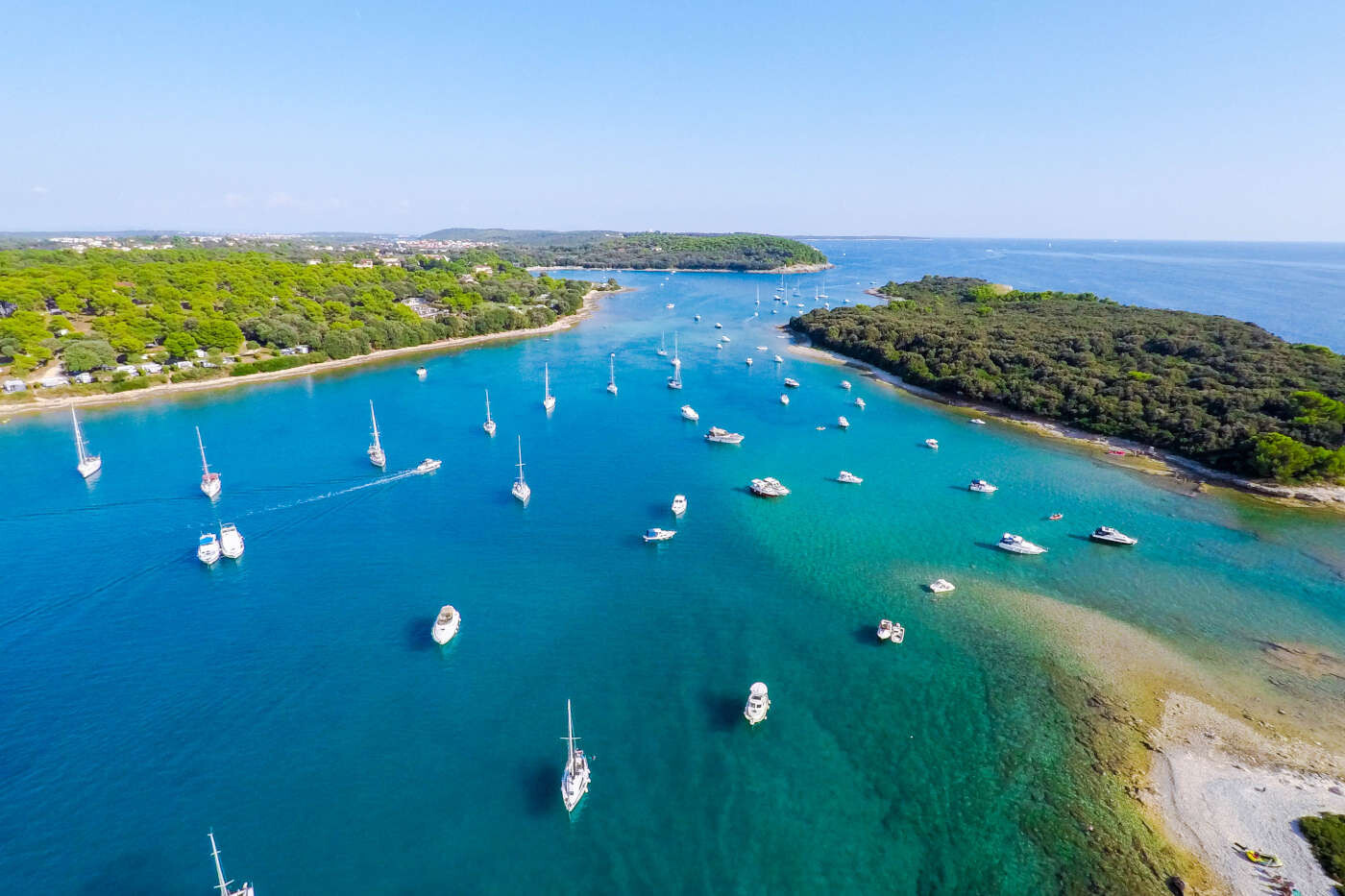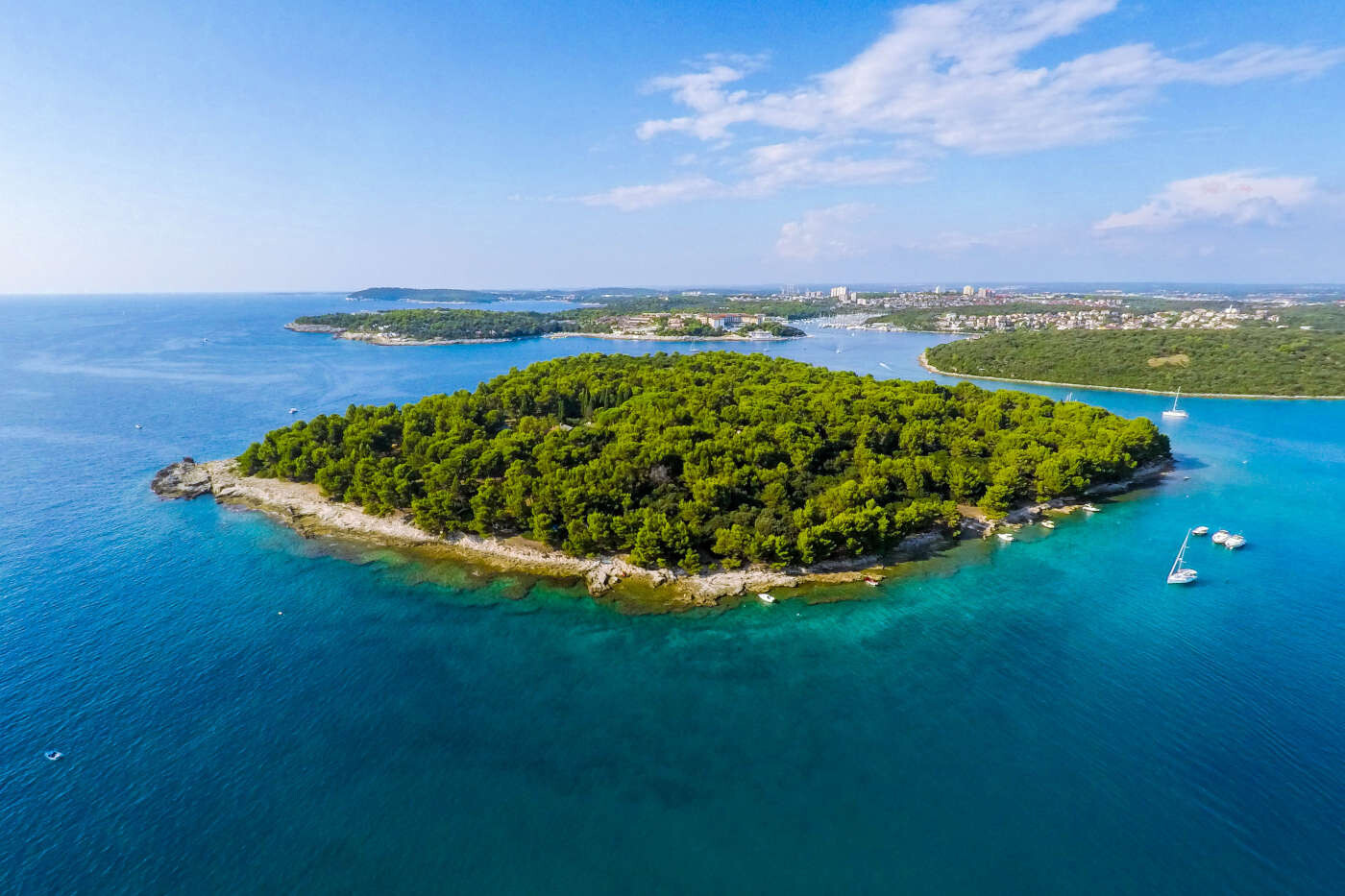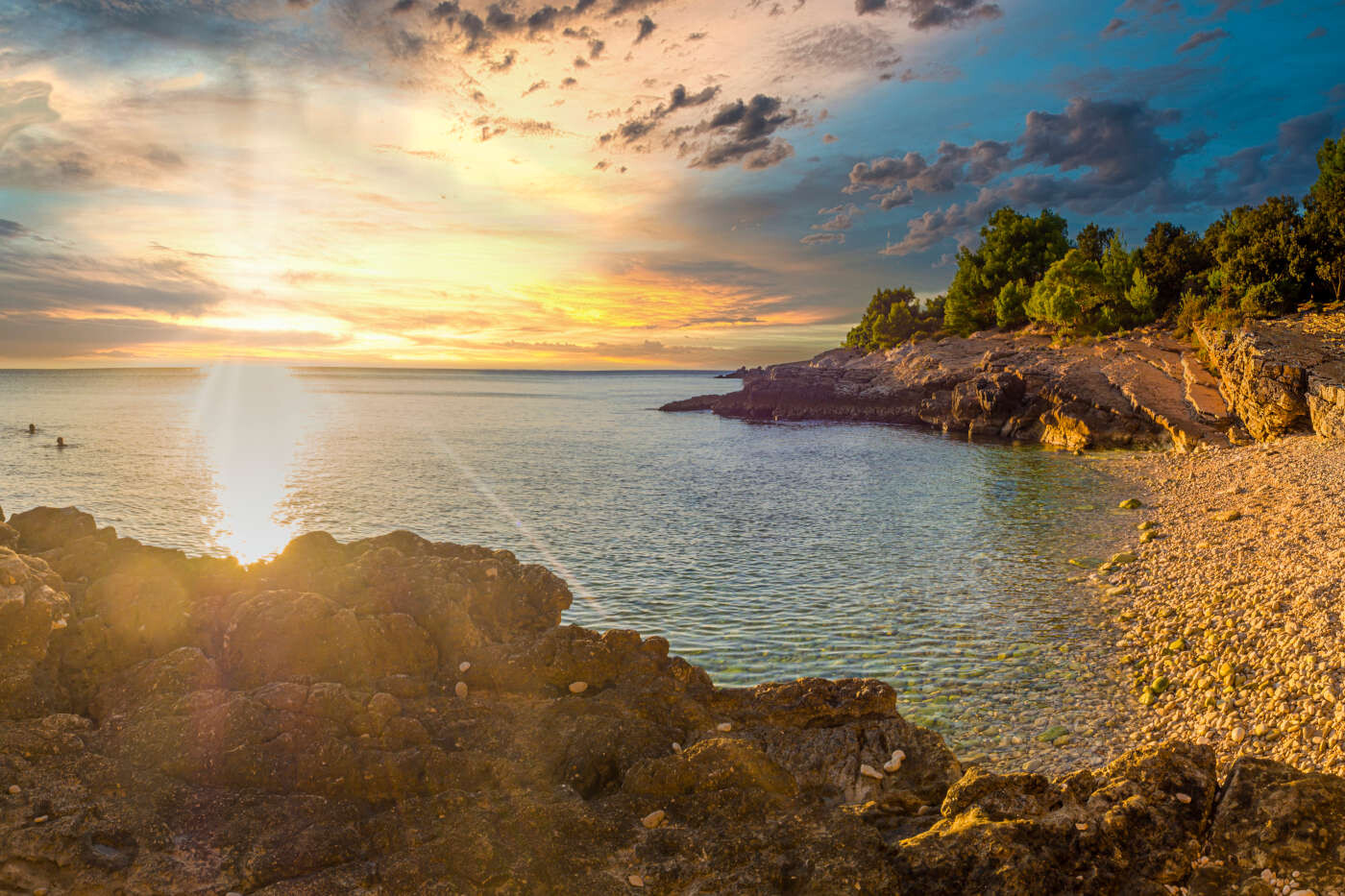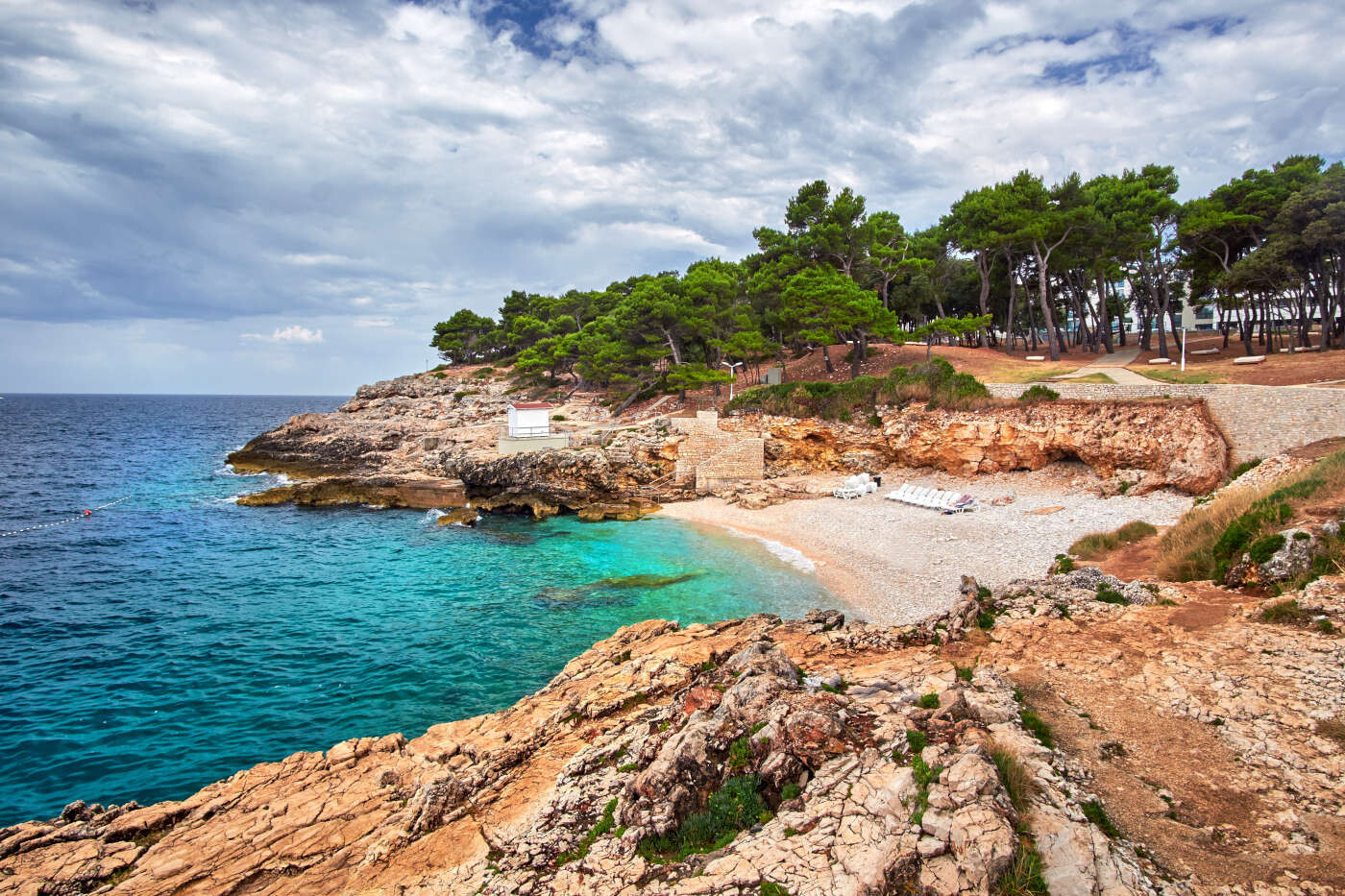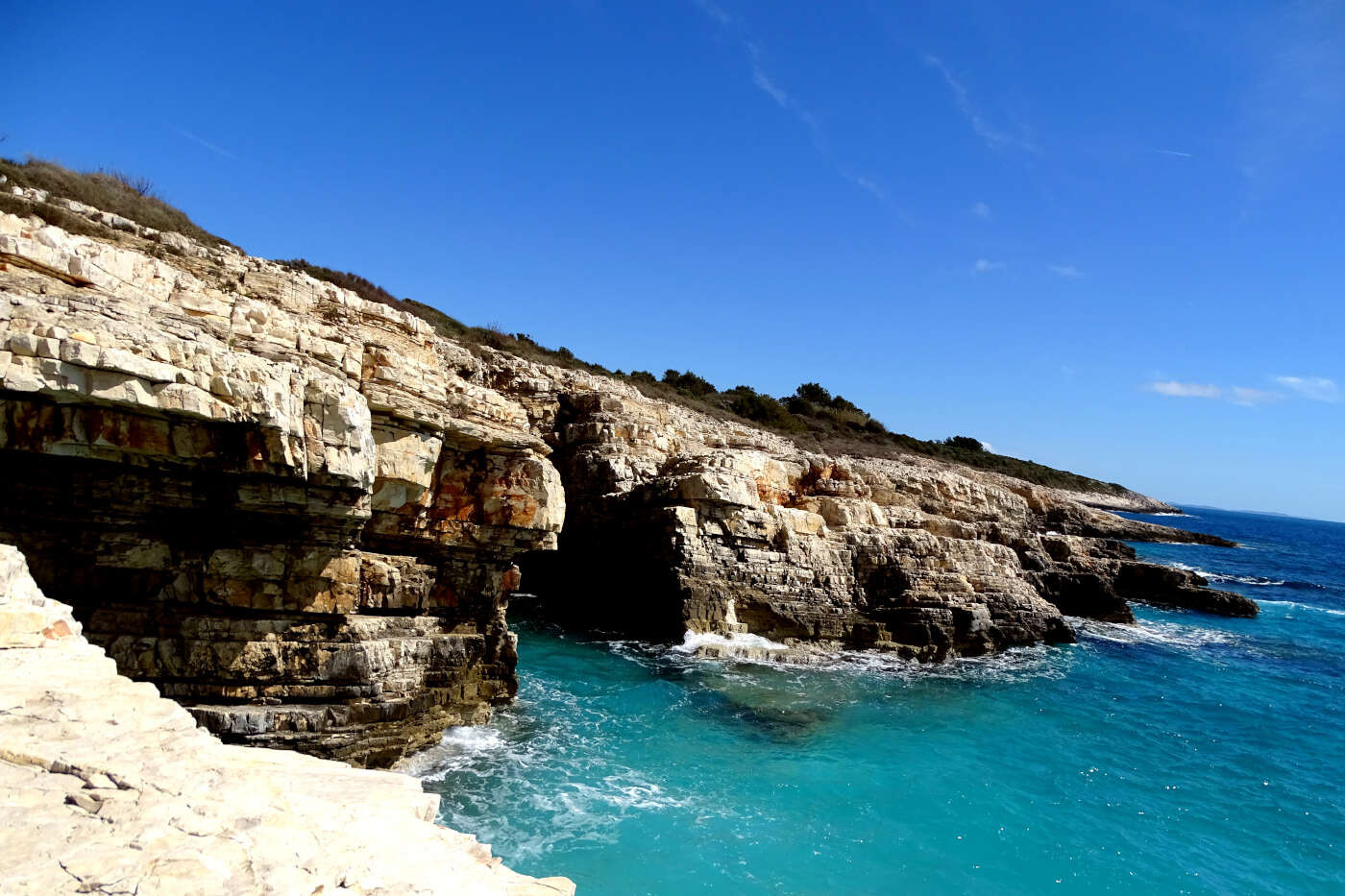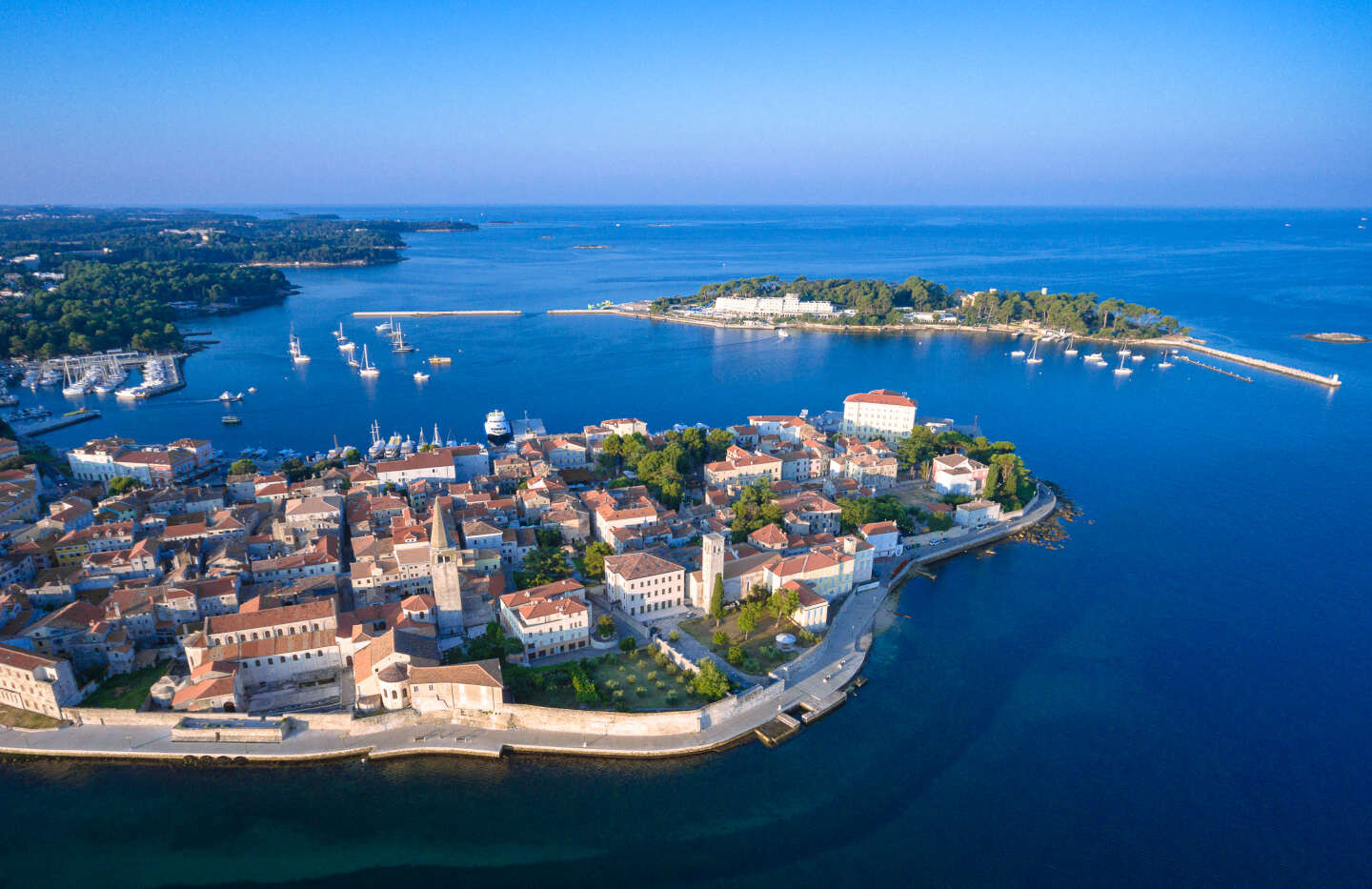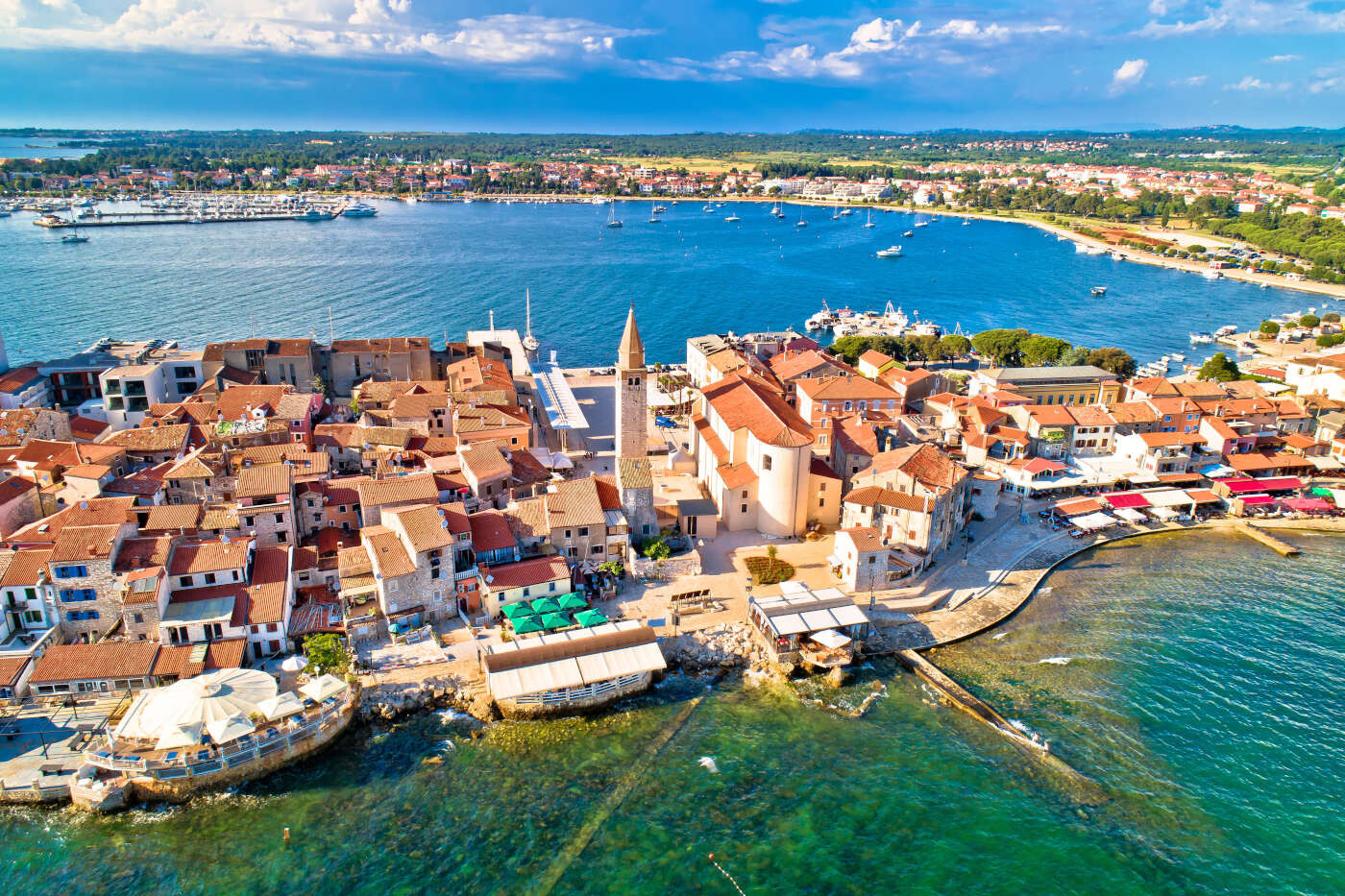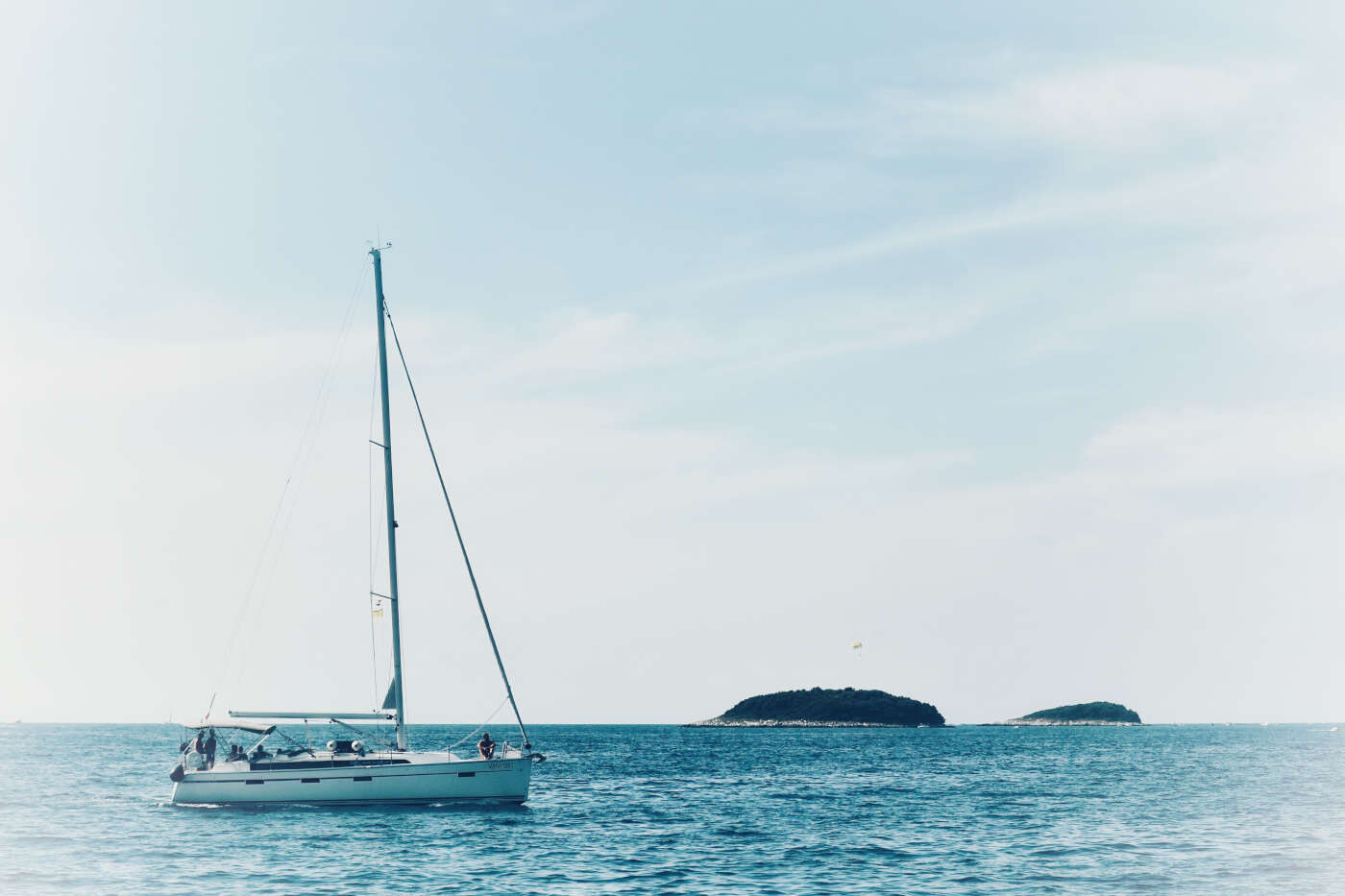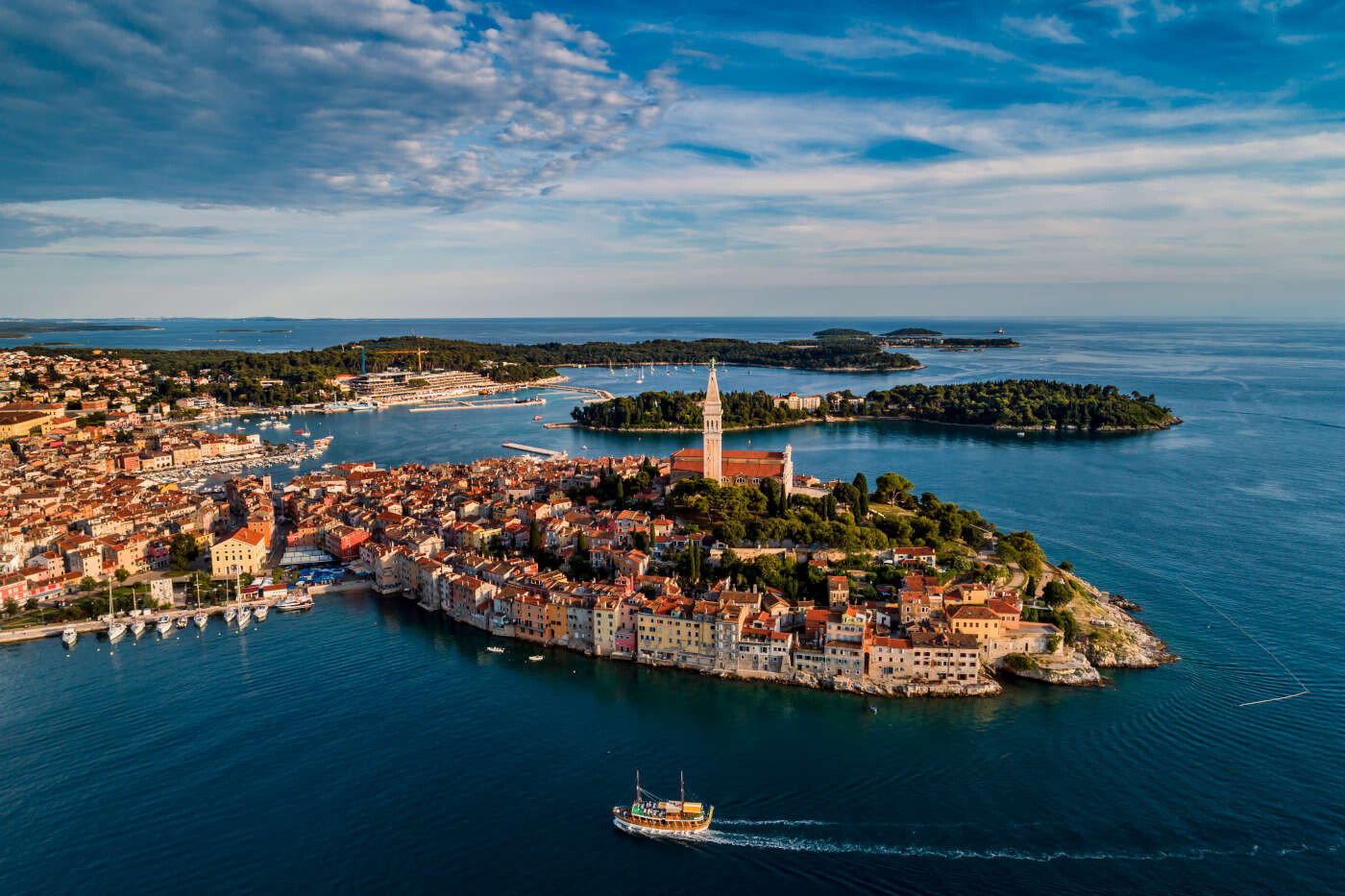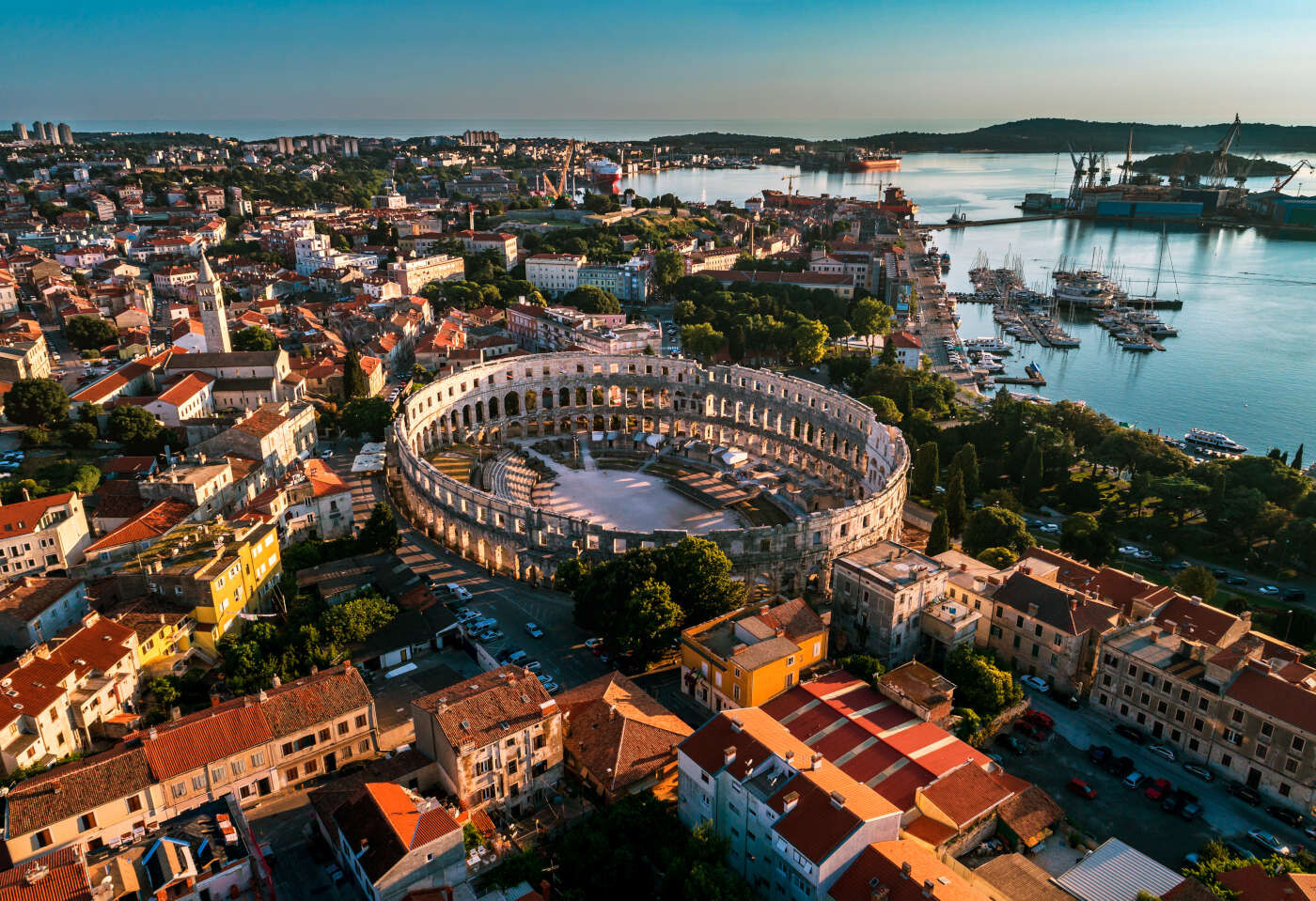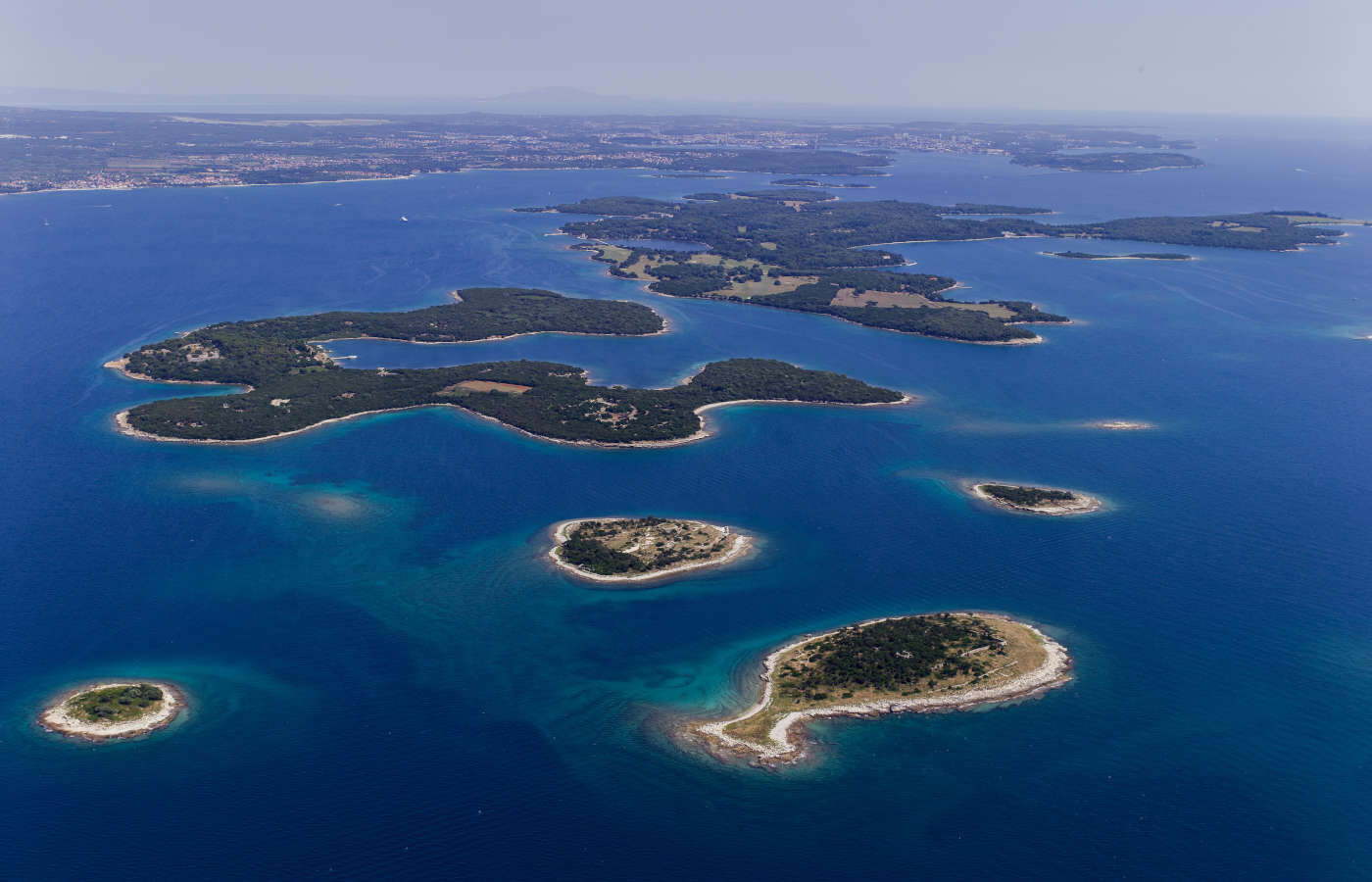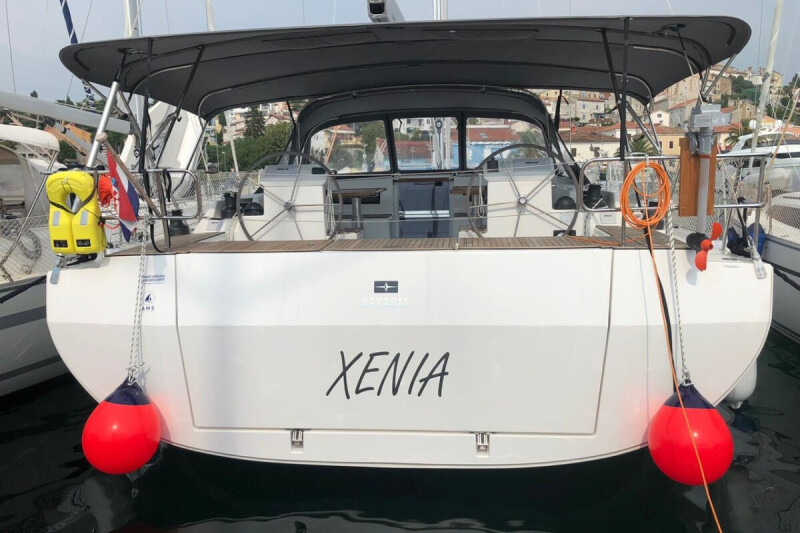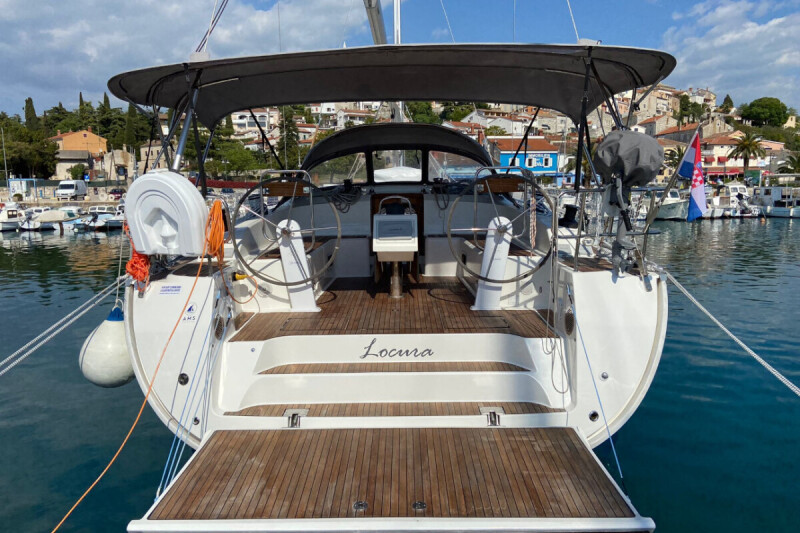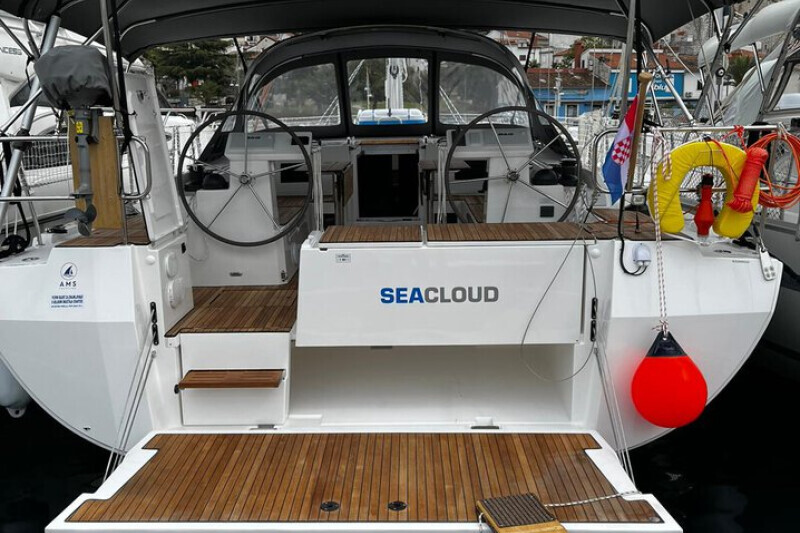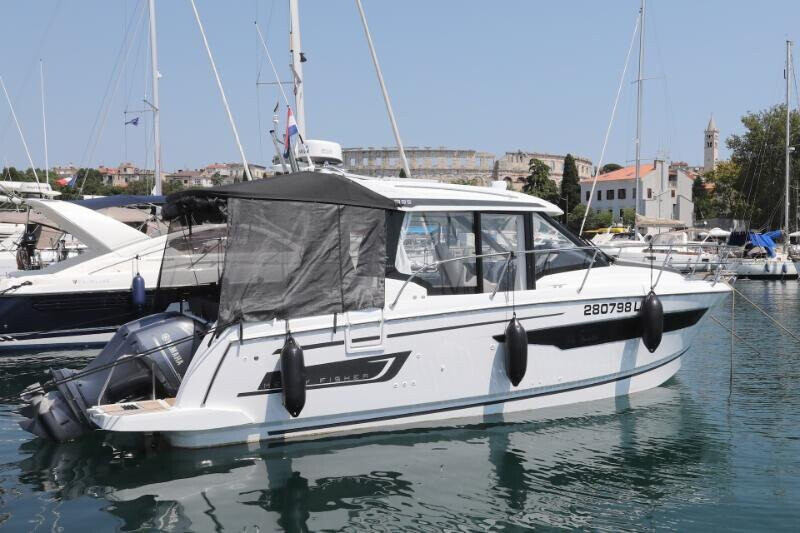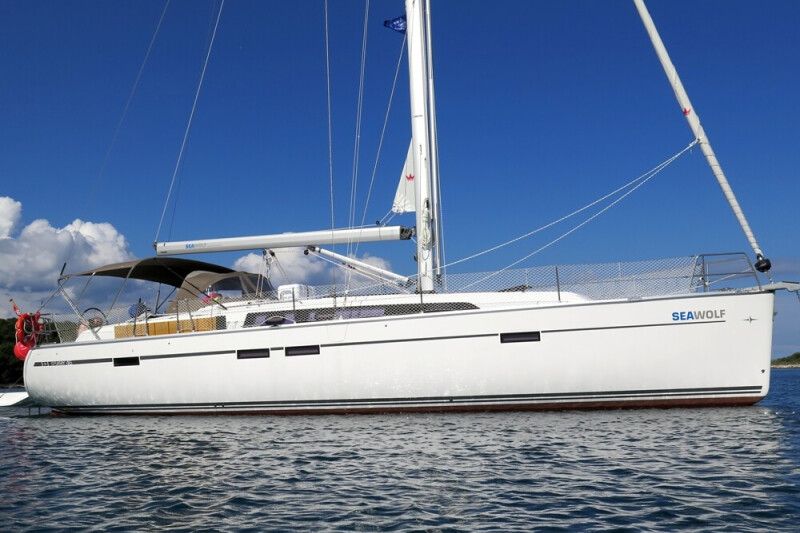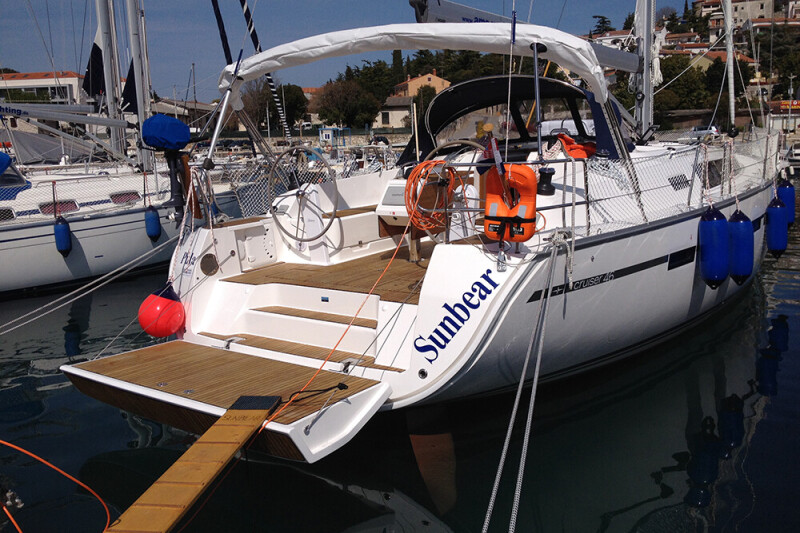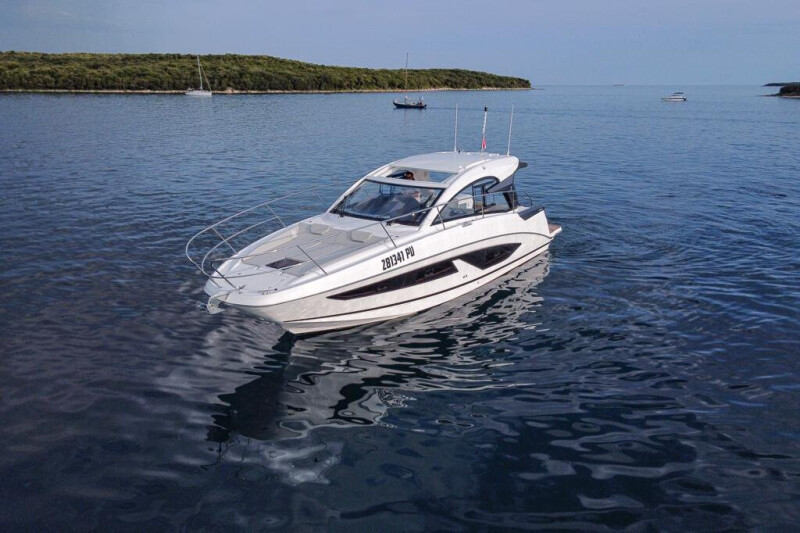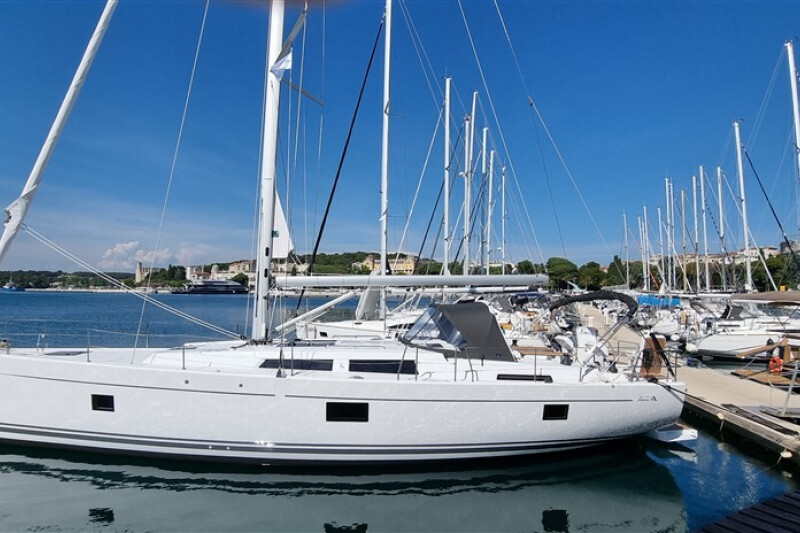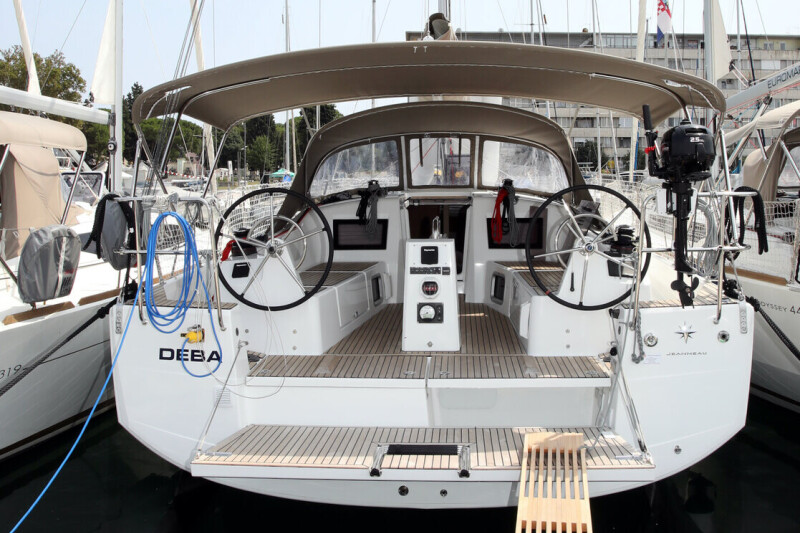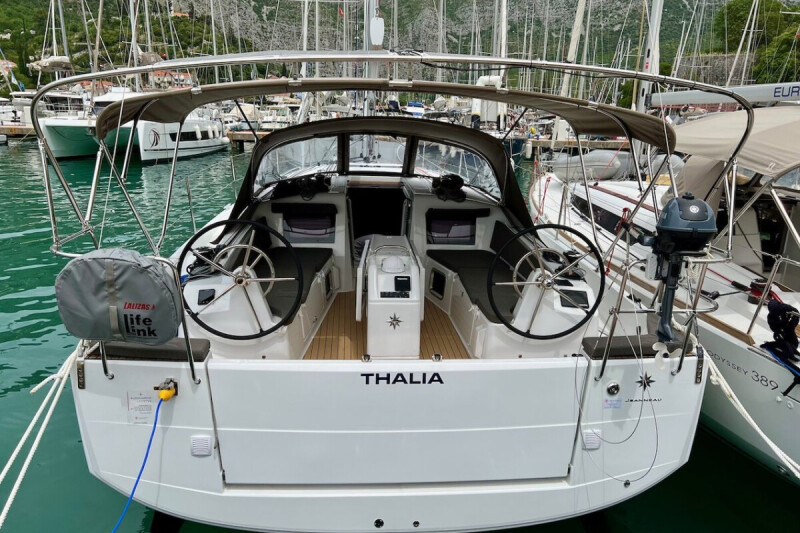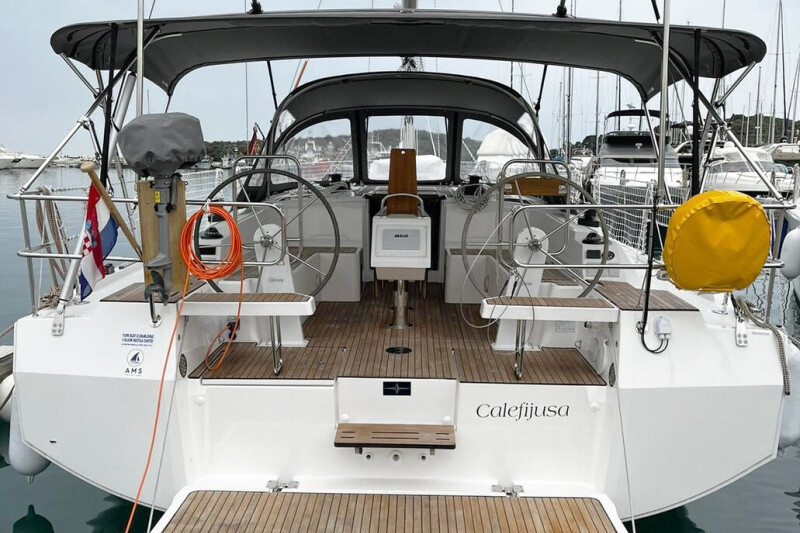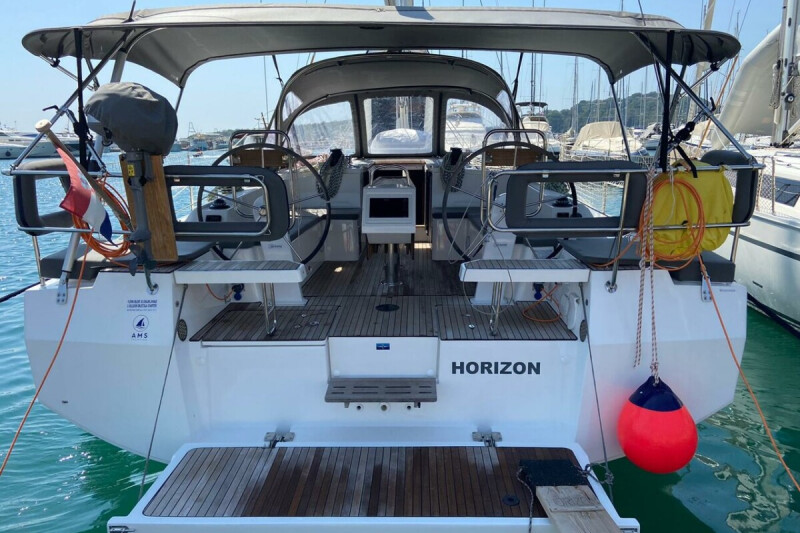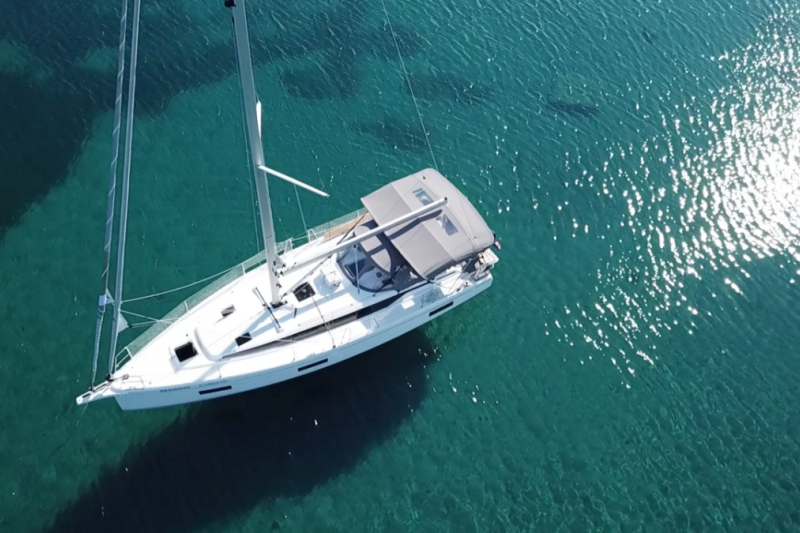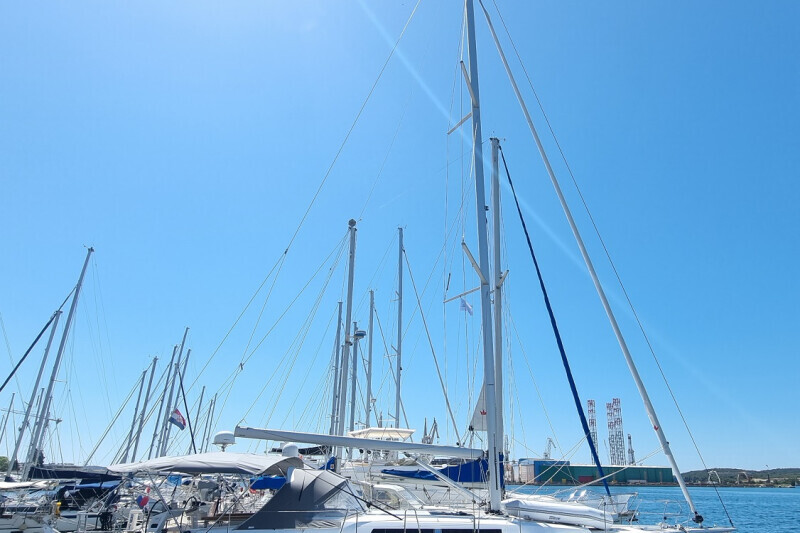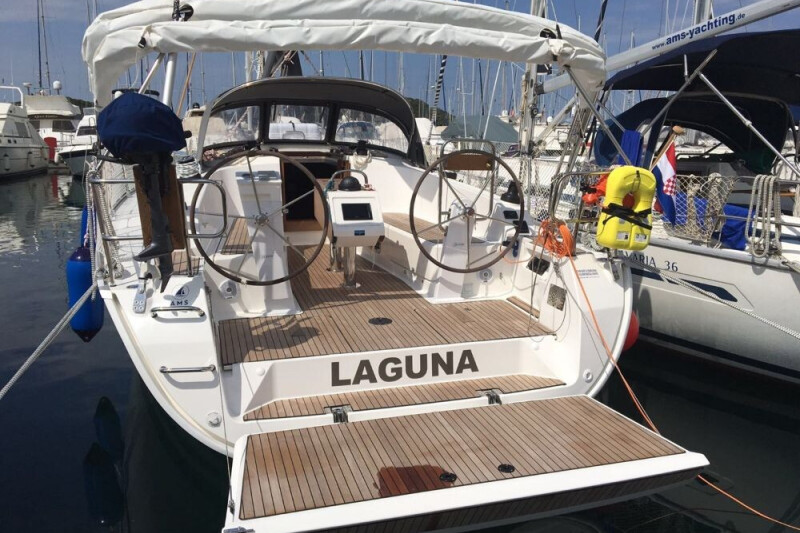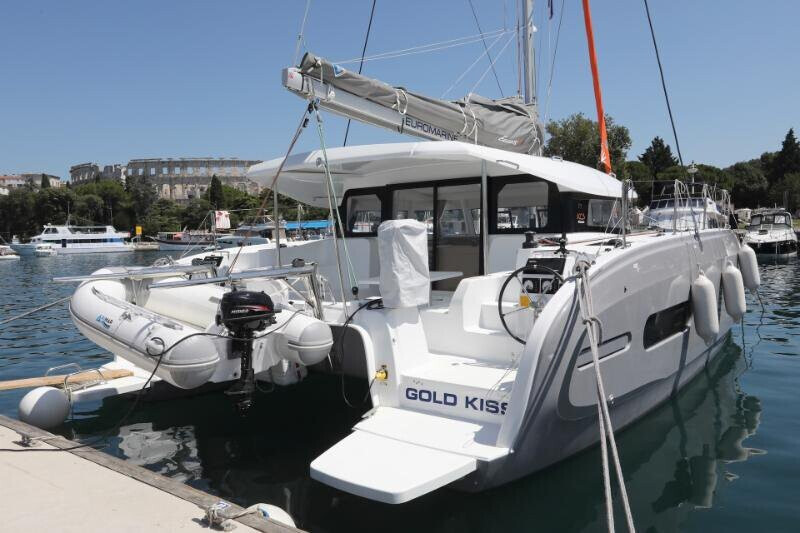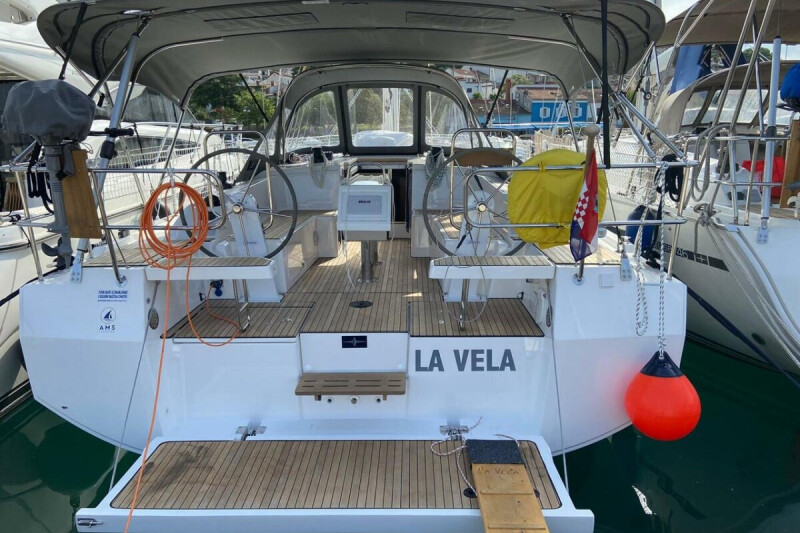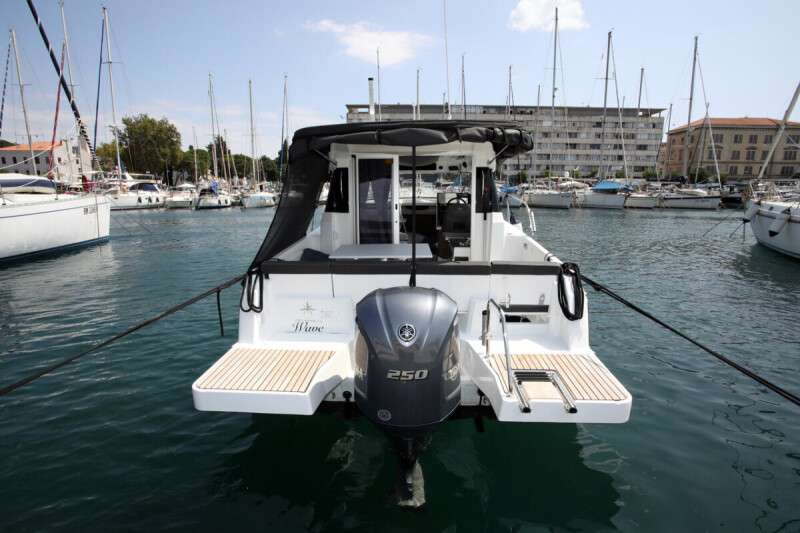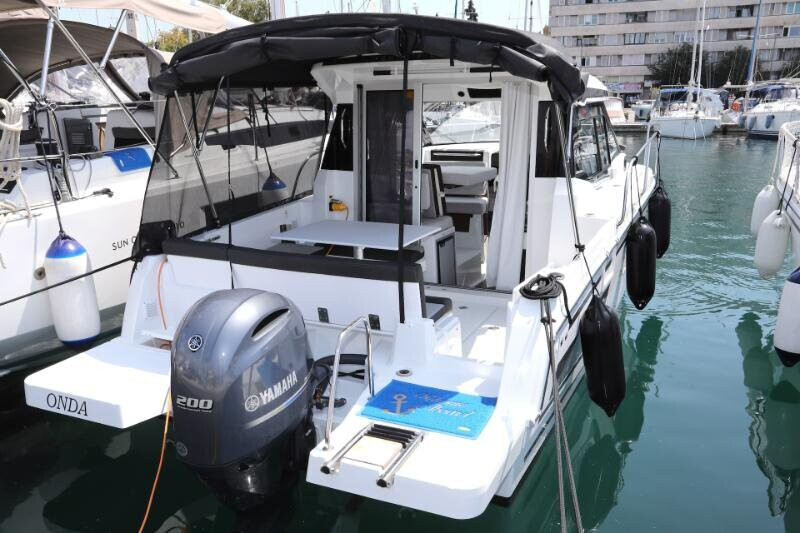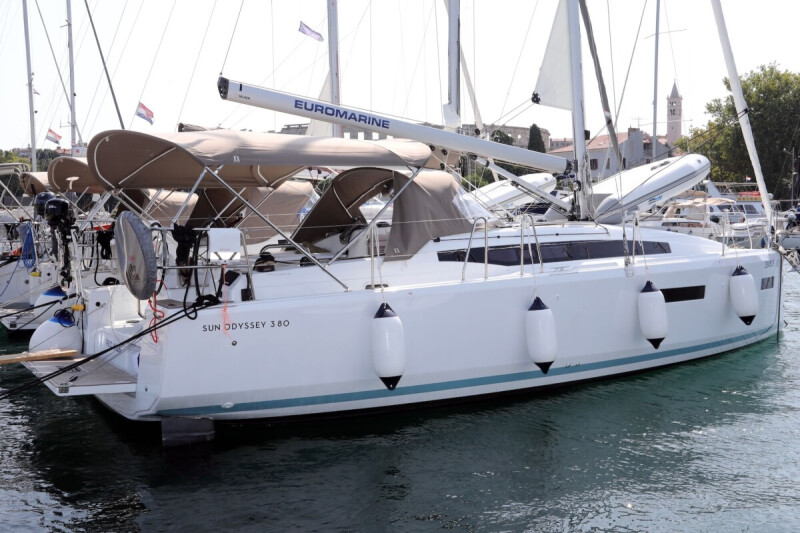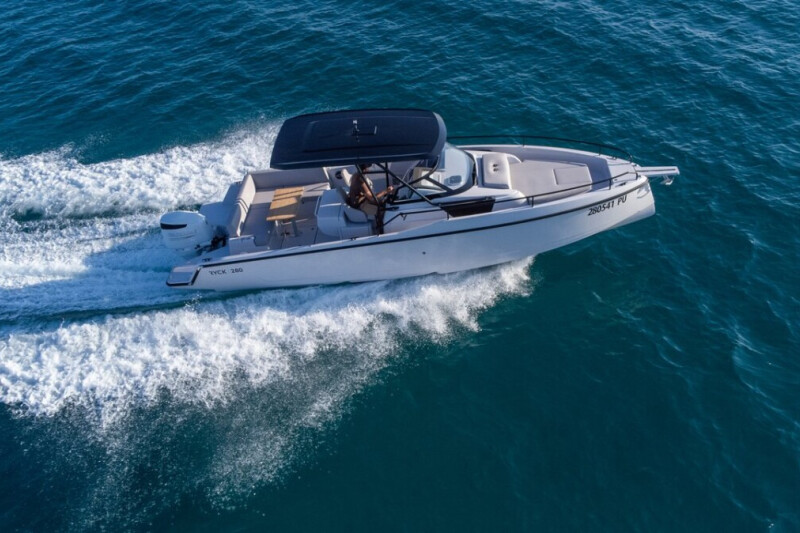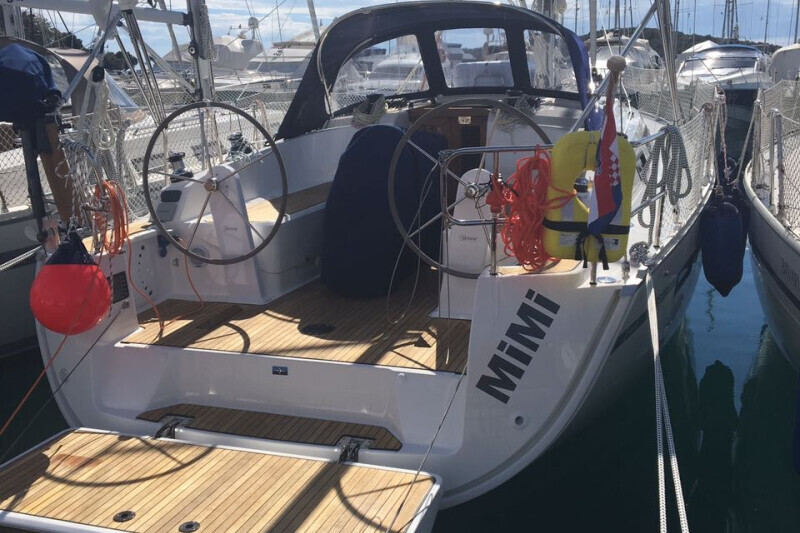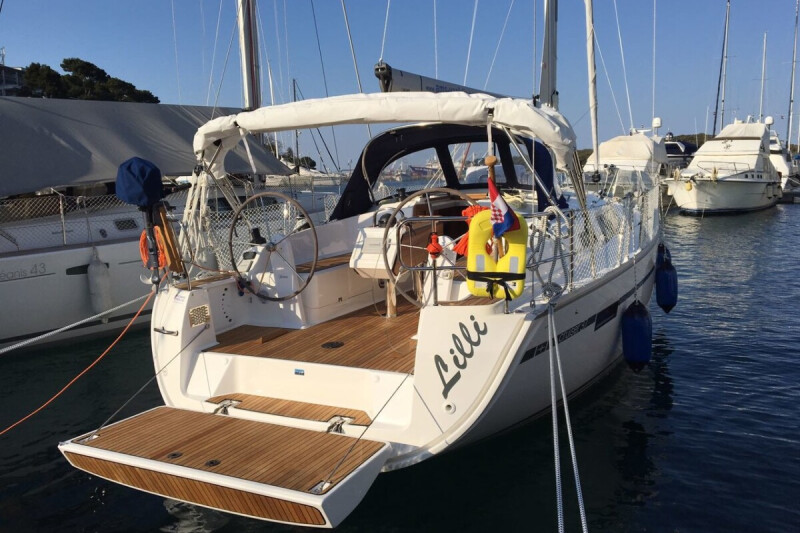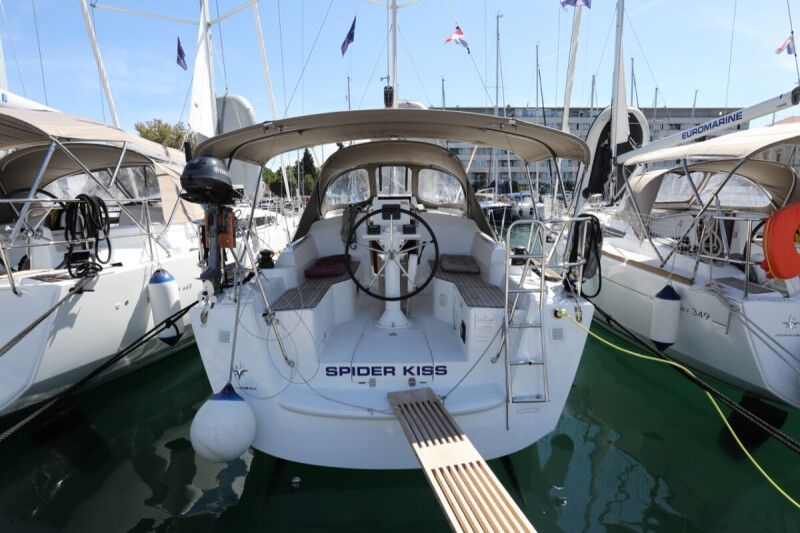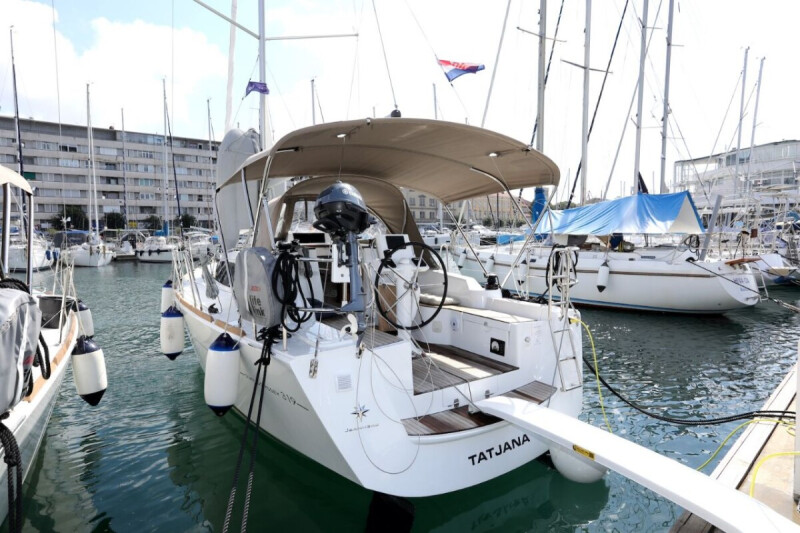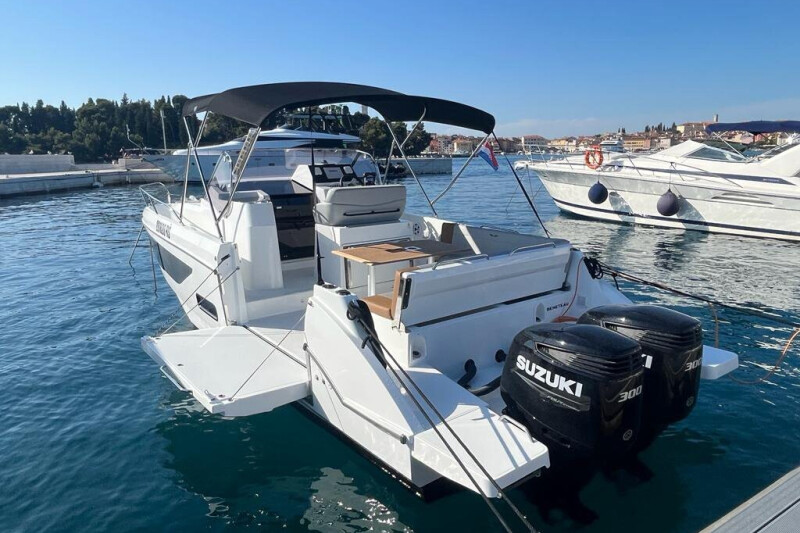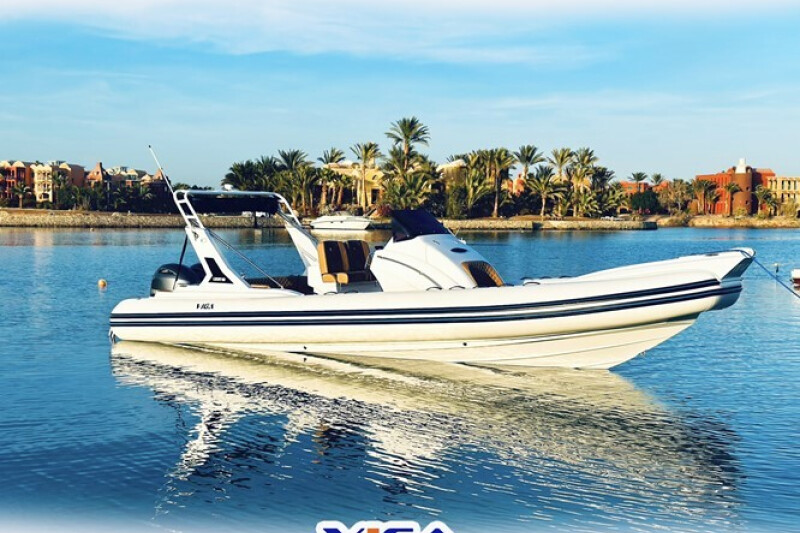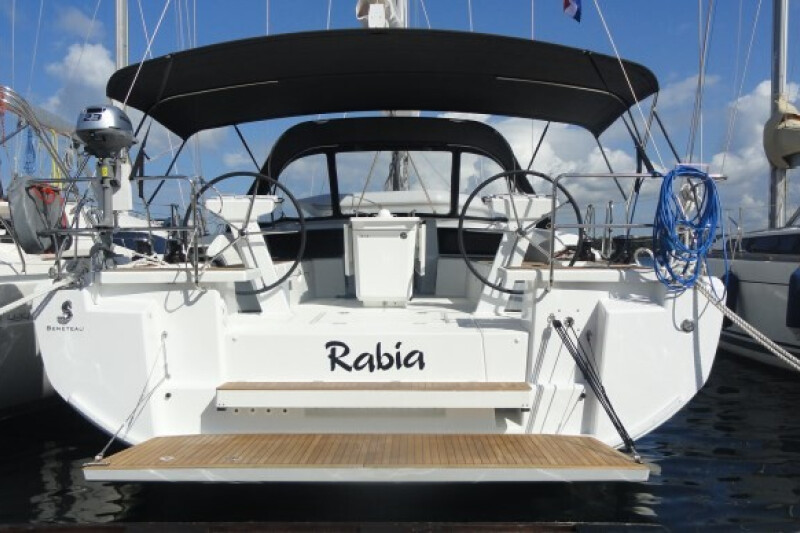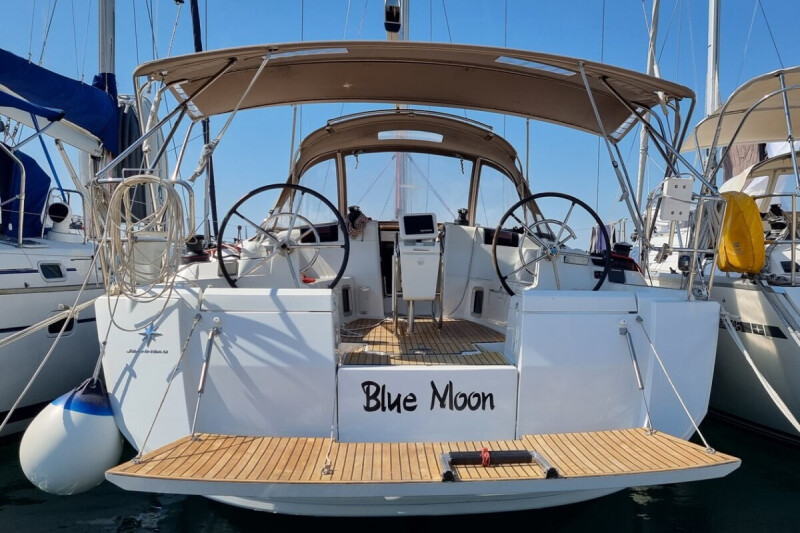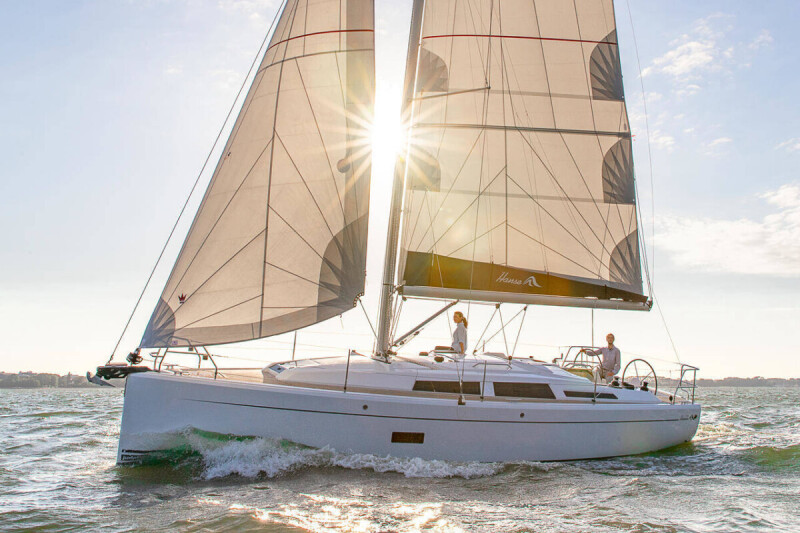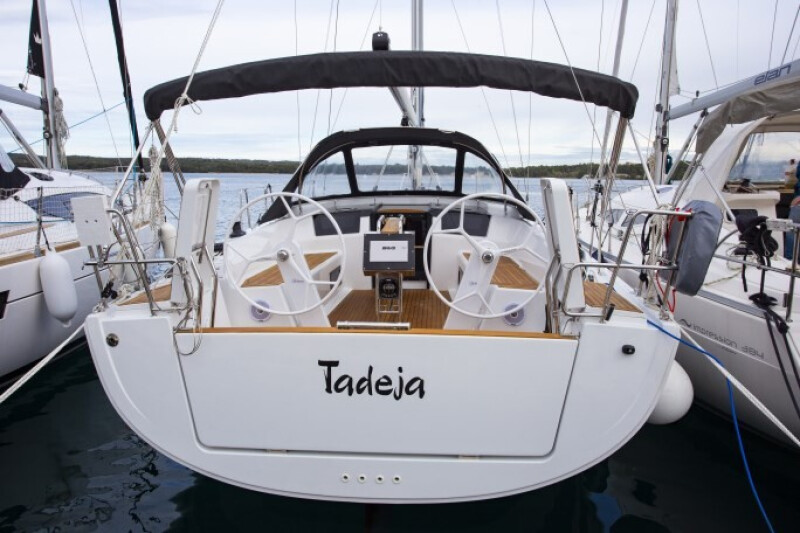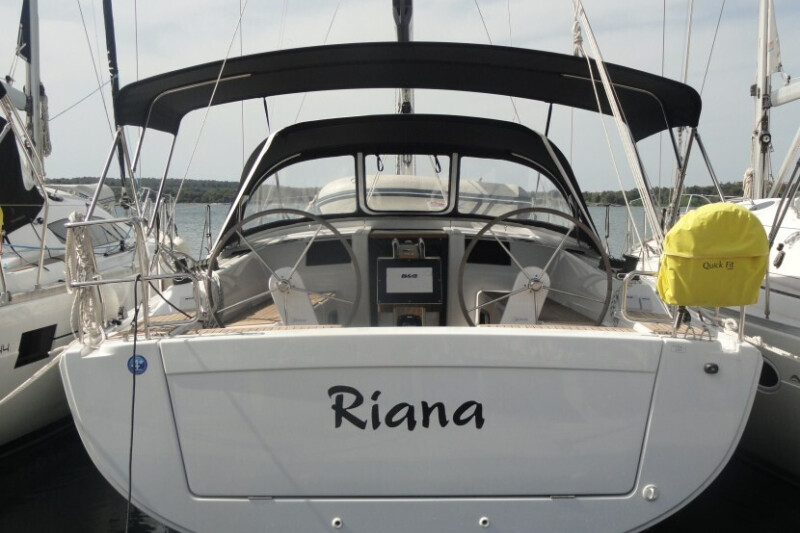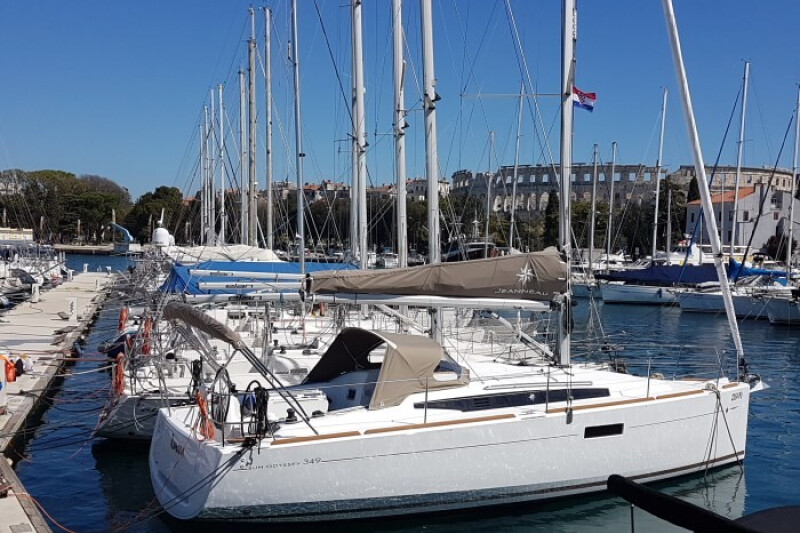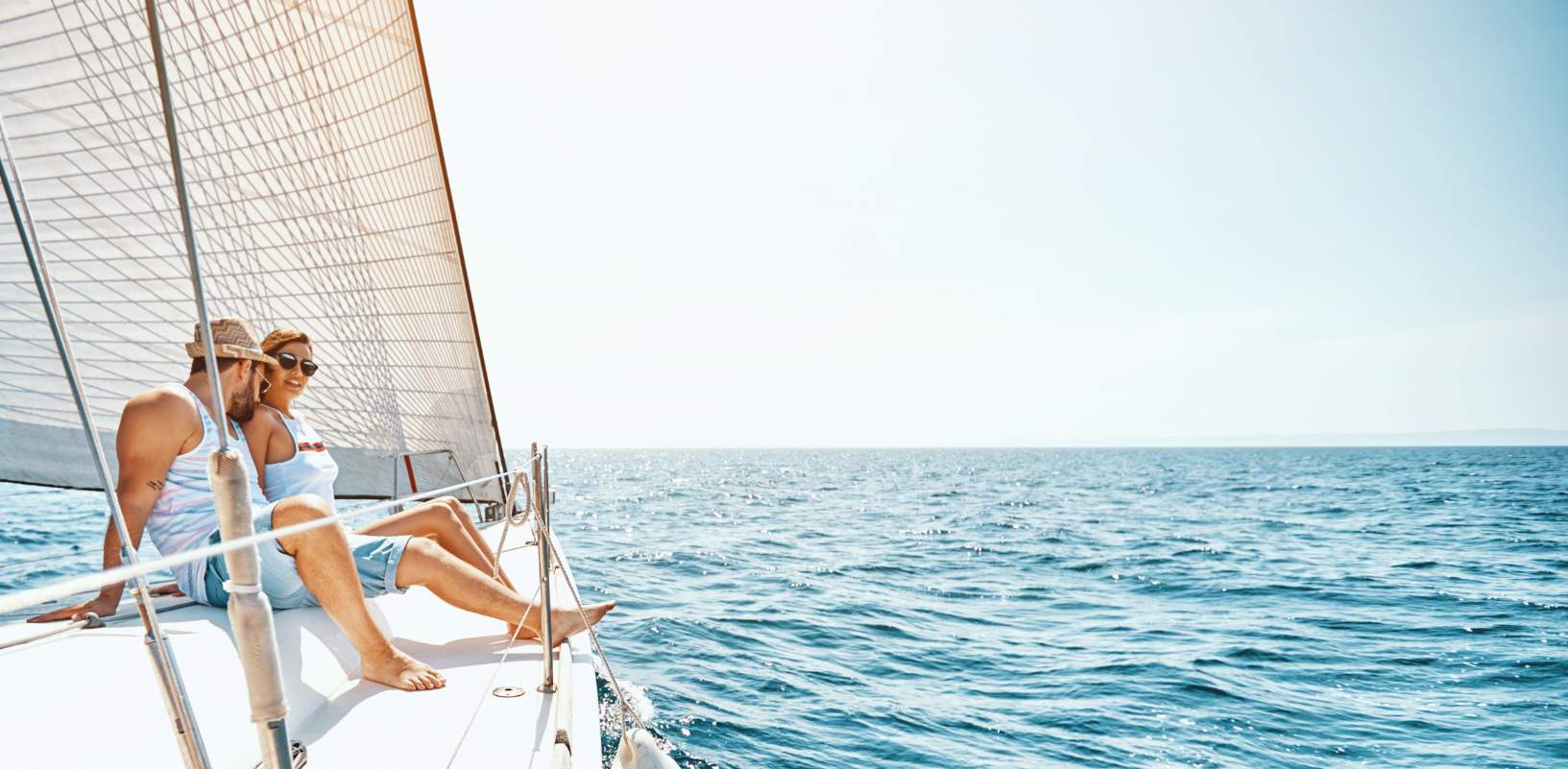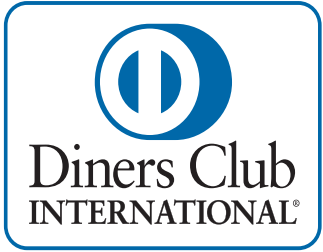Pula is the largest city in Istria County, Croatia and the eighth largest city in the country, situated at the southern tip of the Istria peninsula, with a population of 57,460 in 2011. It is known for its multitude of ancient Roman buildings, the most famous of which is the Pula Arena, one of the best preserved Roman amphitheatres, and its beautiful sea.
The city has a long tradition of wine making, fishing, shipbuilding and tourism. It has also been Istria's administrative centre since ancient Roman times.
The city lies on and beneath seven hills on the inner part of a wide gulf and a naturally well-protected port (depth up to 38 metres (125 ft)) open to the northwest with two entrances: from the sea and through Fažana channel.
Today, Pula/Pola's geographical area amounts to 5,165 hectares (12,760 acres), 4,159 hectares (10,280 acres) on land and 1,015 hectares (2,510 acres) at sea, bounded from the north by the islands Sv. Jerolim and Kozada, city areas Štinjan/Stignano, Veli Vrh/Monte Grande and Sianna with its 'Kaiserwald' forest; from the east area Monteserpo, Valmade, Busoler and Valdebek; from the south with the old gas works, commercial port Veruda and island Veruda; and from the west Verudela, Lungomare and Musil.
Protected from the north by the mountain chain of the Alps as well the inner highland, the climate is humid subtropical (Köppen climate classification: Cfa), very pleasant, with the highest air temperature averaging 24 °C (75 °F) in August and lowest averaging 6 °C (43 °F) in January. Summers are usually warm during the day and cooler near the evening, although some strange heat wave patterns are also common.
Normally, it is humid. Temperatures above 10 °C (50 °F) last for more than 240 days a year. There are two different kinds of winds here – the bora brings cold and clear weather from the north in winter, and the southern Sirocco bringing rain in summer. The 'Maestral' is a summer breeze blowing from the inland to the sea.
Like the rest of the region Pula/ Pola is known for its mild climate, tame sea and unspoiled nature with an average of sunny days of 2,316 hours per year or 6.3 hours a day, with an average air temperature of 13.7 °C (56.7 °F), (6.1 °C (43.0 °F) in February to 26.4 °C (79.5 °F) in July and August and sea temperature from 7 °C (45 °F) to 26 °C (79 °F).
The natural beauty of Pula/Pola's surrounding countryside and turquoise water of the Adriatic have made the city an internationally popular summer vacation destination. The pearl nearby is Brioni island or Brijuni national park visited by numerous world leaders since it was the summer residence of Josip Broz Tito. Roman villas and temples still lie buried among farm fields and along the shoreline of the dozens of surrounding fishing and farming villages. The coastal waters offer beaches, fishing, wreck dives to ancient Roman galleys and World War I warships cliff diving, and sailing to unspoiled coves and islands large and small.
Pula/Pola is the end point of the EuroVelo 9 cycle route that runs from Gdańsk on the Baltic Sea through Poland, the Czech Republic, Austria, Slovenia and Croatia.
It is possible to track dinosaur footprints on the nearby sea shores; certain more important finds have been made at an undisclosed location near Bale.
